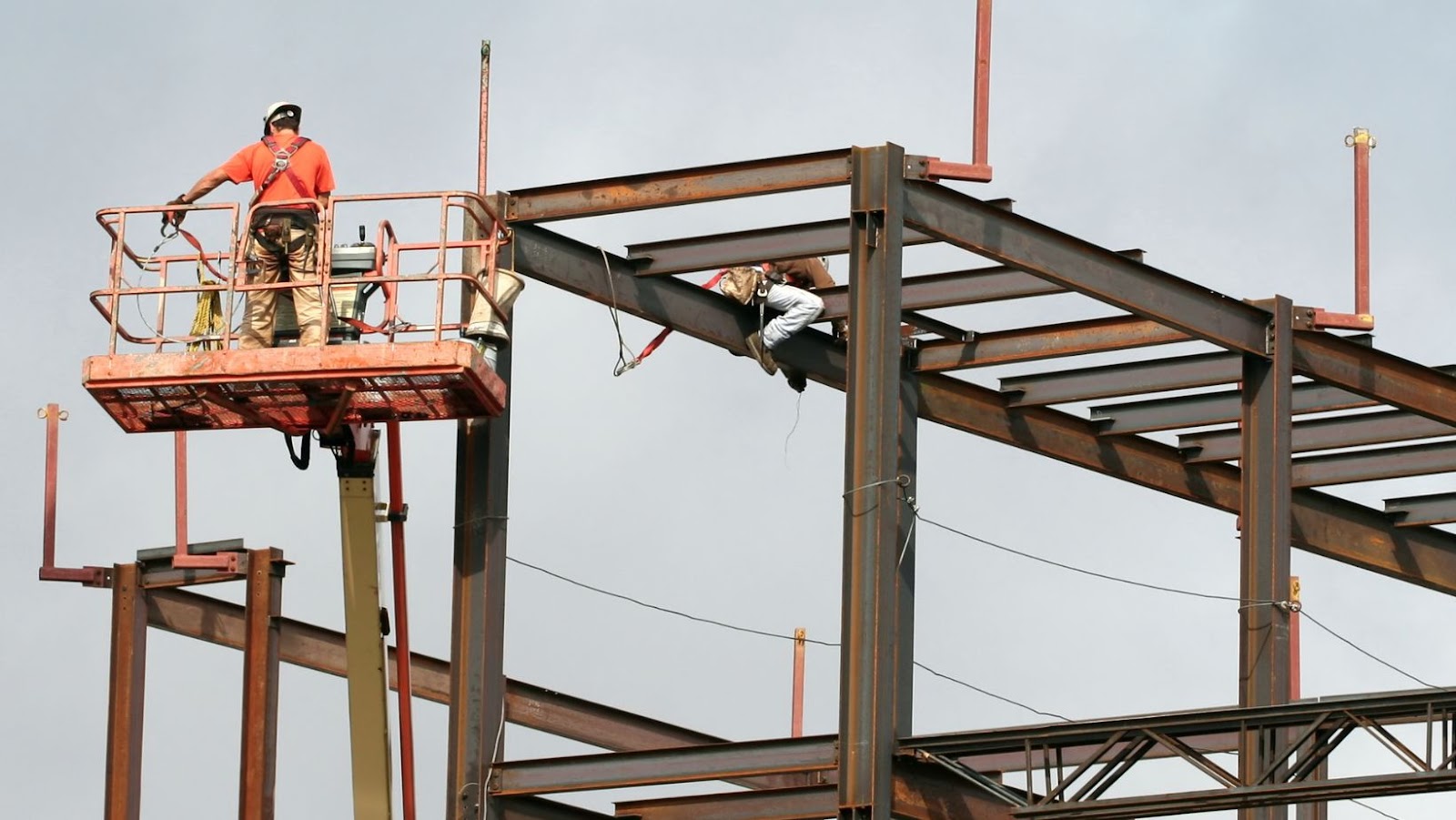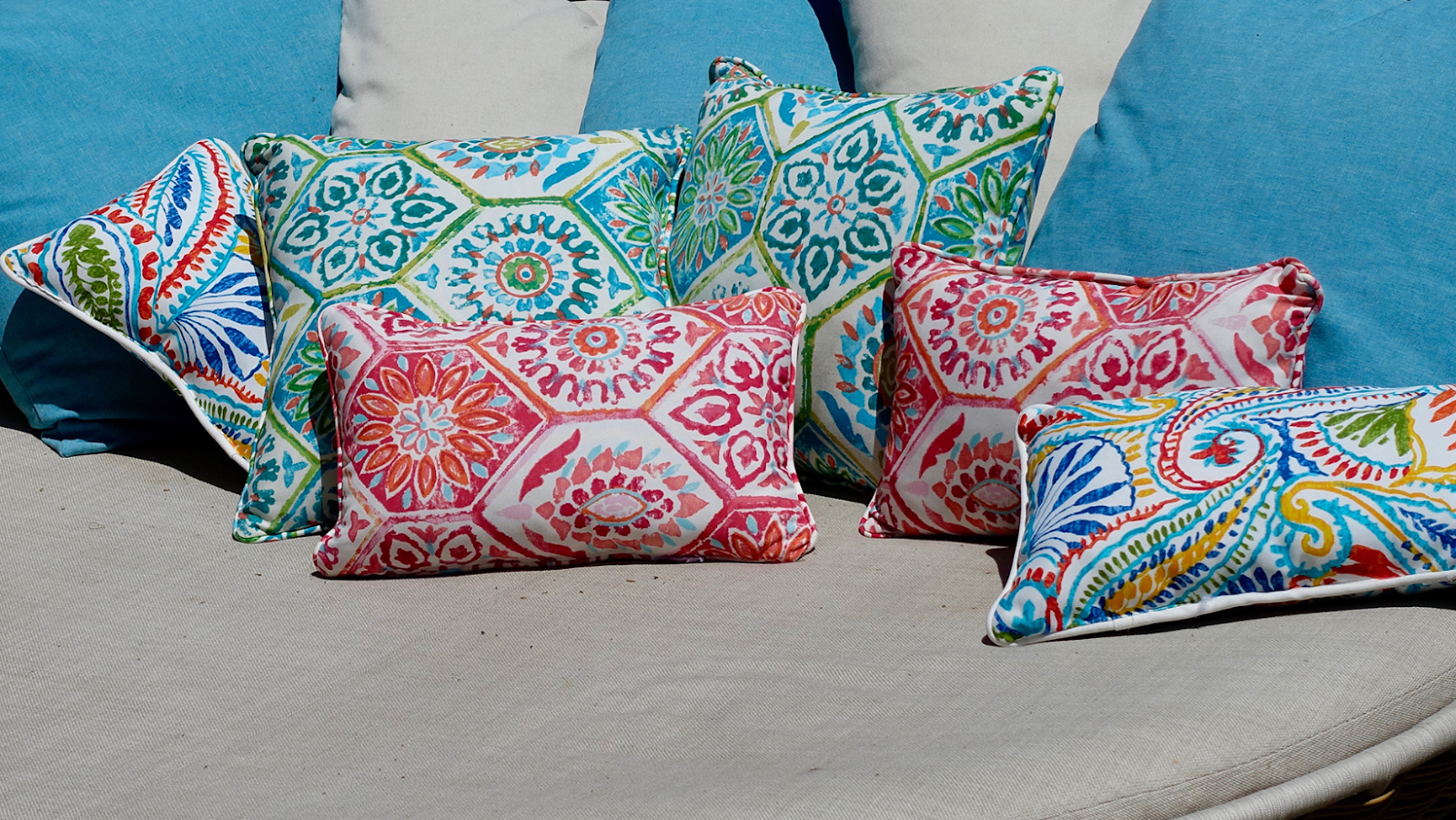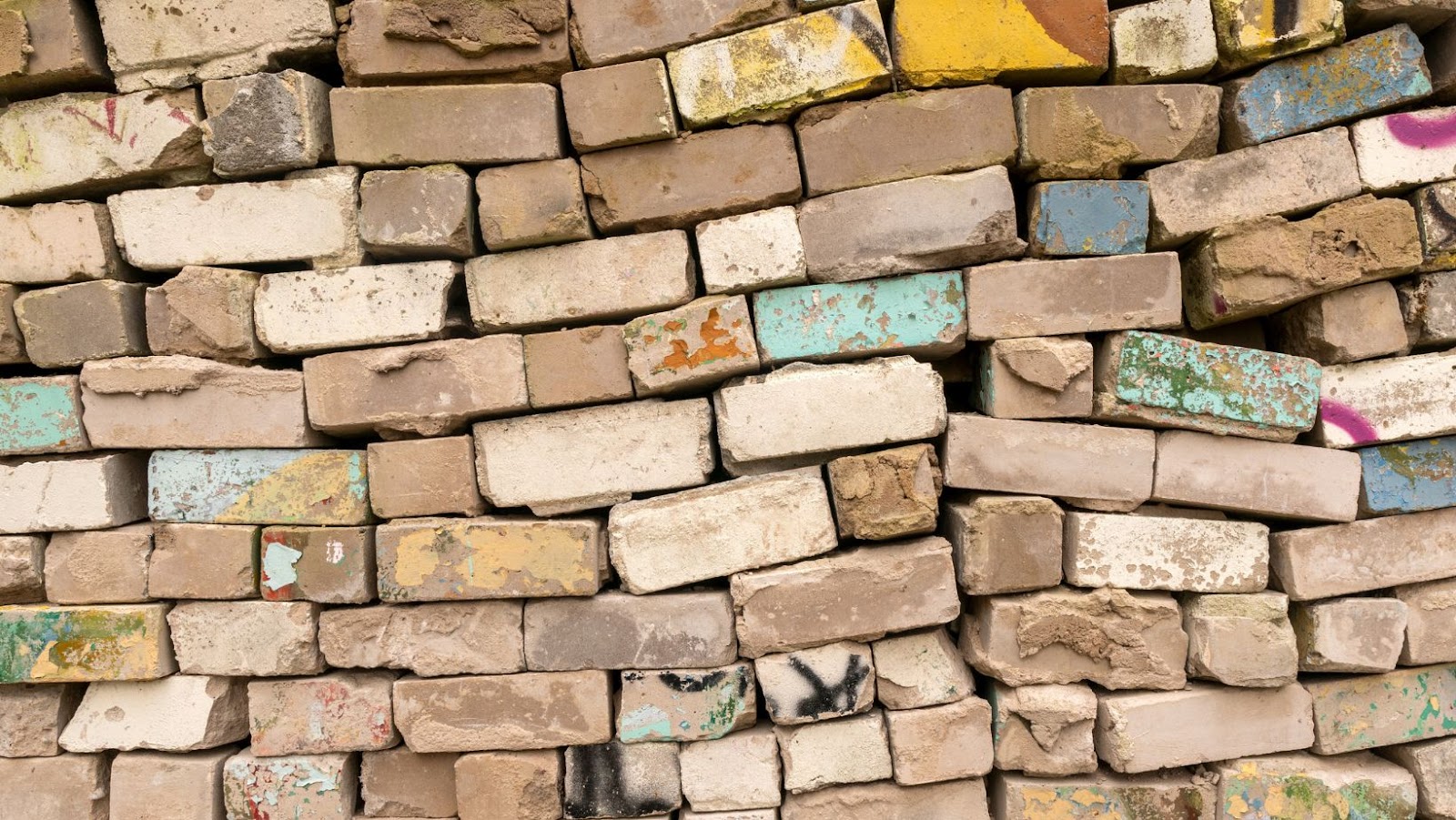Cost Comparison of Brick vs Frame Construction

Are you wondering if a brick or frame house is the best choice for your new construction project? Let us help you make an informed decision. You deserve peace of mind knowing that the structure you invest in will be structurally sound and suit your needs in terms of longevity, maintenance and aesthetics.
Read on to discover the pros and cons of each building technique.
Brick vs Frame Construction
Before constructing a new building, it’s important to understand the difference between brick and frame construction. Brick construction involves building a structure with bricks and mortar, while frame construction involves building a structure with wood or steel studs and covering them with siding, drywall or stucco. Brick construction offers durability and strength, which makes it a popular option for buildings erected for long-term use. The brick walls offer better insulation than frame walls, reducing energy consumption and air leakage. Brick construction also requires less maintenance, offers better fire resistance, and has a longer lifespan compared to frame construction. However, it tends to be more expensive to build.
Frame construction is less expensive and offers more design flexibility. It is easier to work with and is often preferred for projects where cost is a major factor. It also requires less time to construct, offers better seismic resistance, and is easier to expand than brick construction. However, frame construction has a shorter lifespan, requires more maintenance, and offers less protection against fire. As both options have their pros and cons, the choice ultimately depends on factors such as budget, building use, and personal preferences.
Advantages of Brick Construction
Brick construction has numerous advantages over frame construction, making it a popular choice for residential and commercial buildings.
Advantages include:
Durability: Brick buildings can withstand extreme weather conditions and last for hundreds of years.
Fire and pest resistance: Brick is fire-resistant and doesn’t attract termites or other pests.
Energy efficiency: Brick walls provide superior insulation, reducing energy costs for heating and cooling.
Low maintenance: Brick requires minimal maintenance, saving time and money over the long term.
Aesthetic appeal: Brick offers a classic, timeless look and can be customized with a variety of colors and textures.
While frame construction may offer upfront cost savings, the long-term advantages of brick construction make it a wise investment for any property owner.
Disadvantages of Brick Construction
Brick construction has several disadvantages when compared to frame construction that homeowners should keep in mind when choosing the right type of construction for their needs.

Brick construction disadvantages include:
Higher cost: Brick construction is more expensive when compared to frame construction due to the high cost of materials and labor involved in the installation process.
Slower construction: The process of building a brick home is more time-consuming, with longer construction times required due to the labor-intensive nature of bricklaying.
Limited design options: Brick construction offers limited design options, with fewer architectural features to choose from when compared to frame construction.
Poor insulation: Brick homes tend to have poor insulation properties, making them less energy-efficient and more costly to heat and cool.
Higher maintenance: Brick construction requires regular maintenance and repair, as mortar joints can wear and crack over time, leading to structural damage.
While brick construction has its benefits, such as durability and fire resistance, it’s essential to weigh both the advantages and disadvantages when deciding between brick and frame construction.
Advantages of Frame Construction
When it comes to building a house or any structure, one of the biggest debates is whether to use brick or frame construction. The advantages of frame construction over brick construction are numerous.
First, frame construction is more affordable compared to brick construction because it requires less labor and materials.
Second, frame construction is faster to build and can be erected in just a few weeks compared to the several months it takes to lay brick and let the mortar dry.
Third, frame construction is more energy-efficient because it allows for better insulation and a tighter building envelope.
Fourth, frame construction allows for more flexibility in design and can accommodate different architectural styles.

Lastly, frame construction is more earthquake-resistant because wood is more flexible than brick and can better withstand tremors without collapsing.
Pro tip: When choosing between brick and frame construction, consider the cost, speed, energy efficiency, flexibility, and seismic resistance of each before making a decision.
Disadvantages of Frame Construction
Frame construction has some notable disadvantages compared to brick construction. While the latter is known for its durability, aesthetic appeal, and energy efficiency, frame construction presents several downsides that must be considered before building your home.
Some of the disadvantages of frame construction include:
1. Lower structural integrity: Frame structures are not as strong as brick structures, and they are more prone to damage from natural disasters such as hurricanes, earthquakes, and fires.
2. More maintenance: Wood framing requires regular maintenance to prevent moisture damage and insect infestations.
3. Higher insurance premium: Due to their lower structural integrity, frame homes typically have higher insurance premiums.
4. Lower resale value: Frame homes tend to have a lower resale value than brick homes due to their perceived lesser durability and higher maintenance costs.
When deciding between brick and frame construction, it is important to consider your specific needs, budget, and climate requirements.
Cost Comparison of Brick vs Frame Construction
The cost comparison of brick vs frame construction depends on several factors, including the size of the project, the location, and the specific materials used.
Generally, brick construction is more expensive than frame construction due to the higher cost of materials and labor. However, brick is more durable and requires less maintenance, which can lead to cost savings in the long run.
On the other hand, frame construction is less expensive and faster to assemble. It is also more flexible in terms of design and customization options.
Here are the average cost comparisons:
Brick construction: $10 to $15 per square foot.
Frame construction: $5 to $10 per square foot.
However, it’s important to note that prices can vary widely based on location, materials, and other factors.
Pro Tip: Consult with a professional contractor to determine the best building option for your specific project and budget.
Environmental Impact of Brick vs Frame Construction
When comparing the environmental impact of brick vs frame construction, it is important to consider several factors.
Frame construction is typically more environmentally friendly due to its lower material usage, reduced waste, and faster installation times. Additionally, wood is a renewable resource that sequesters carbon, and modern forestry practices ensure responsible harvesting.
Brick construction, on the other hand, has a higher initial carbon footprint due to the manufacturing process and transportation required for the heavy bricks. However, bricks have a longer lifespan, require less maintenance, and can help regulate indoor temperatures, reducing energy usage.
Ultimately, the environmental impact of brick vs frame construction will depend on many variables such as the location, materials sourcing, and construction methods used. It’s important to consider all factors and choose the option that is most sustainable for your specific project.
In conclusion, both brick and frame construction have their advantages and disadvantages. Brick construction is durable, energy-efficient, and fire-resistant, but it’s also expensive and time-consuming. Frame construction is more affordable, quick to build, and versatile, but it’s not as durable or energy-efficient as brick.
When choosing between the two, it’s essential to consider factors such as budget, location, climate, and personal preferences. A brick home might be more suitable for colder regions and those looking for a long-lasting investment. At the same time, frame construction may be more appropriate in areas prone to natural disasters or those looking for a more affordable building option.
Ultimately, the choice between brick and frame will depend on your priorities as a homeowner.

 The Benefits Of Outdoor Sofa Deep Seating
The Benefits Of Outdoor Sofa Deep Seating  This Method has Been Used for Centuries
This Method has Been Used for Centuries  The Different Types of Bonds
The Different Types of Bonds  Solar Panel Cost And Efficiency
Solar Panel Cost And Efficiency  The Most Comfortable Deep Seating Outdoor Furniture
The Most Comfortable Deep Seating Outdoor Furniture  Maintaining Your Glass Cabinet Doors
Maintaining Your Glass Cabinet Doors